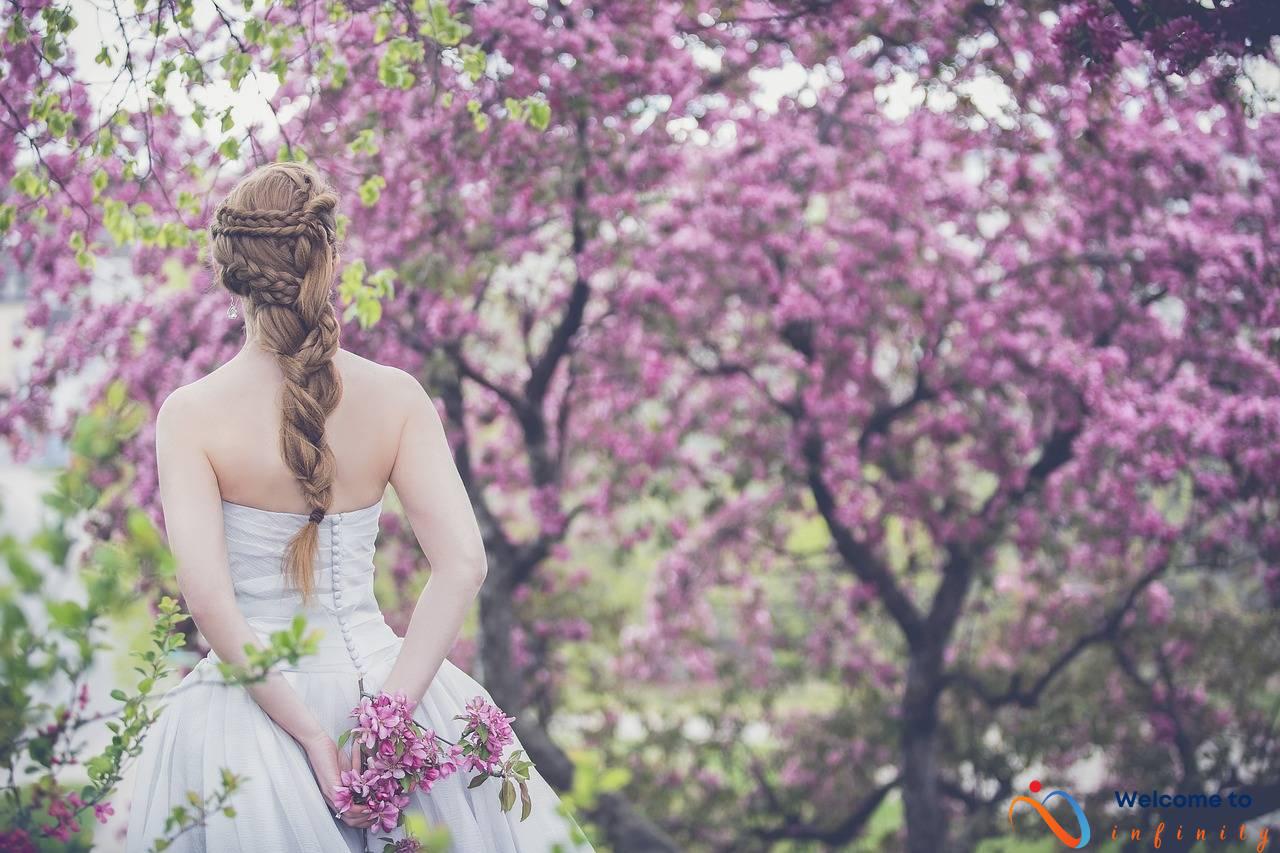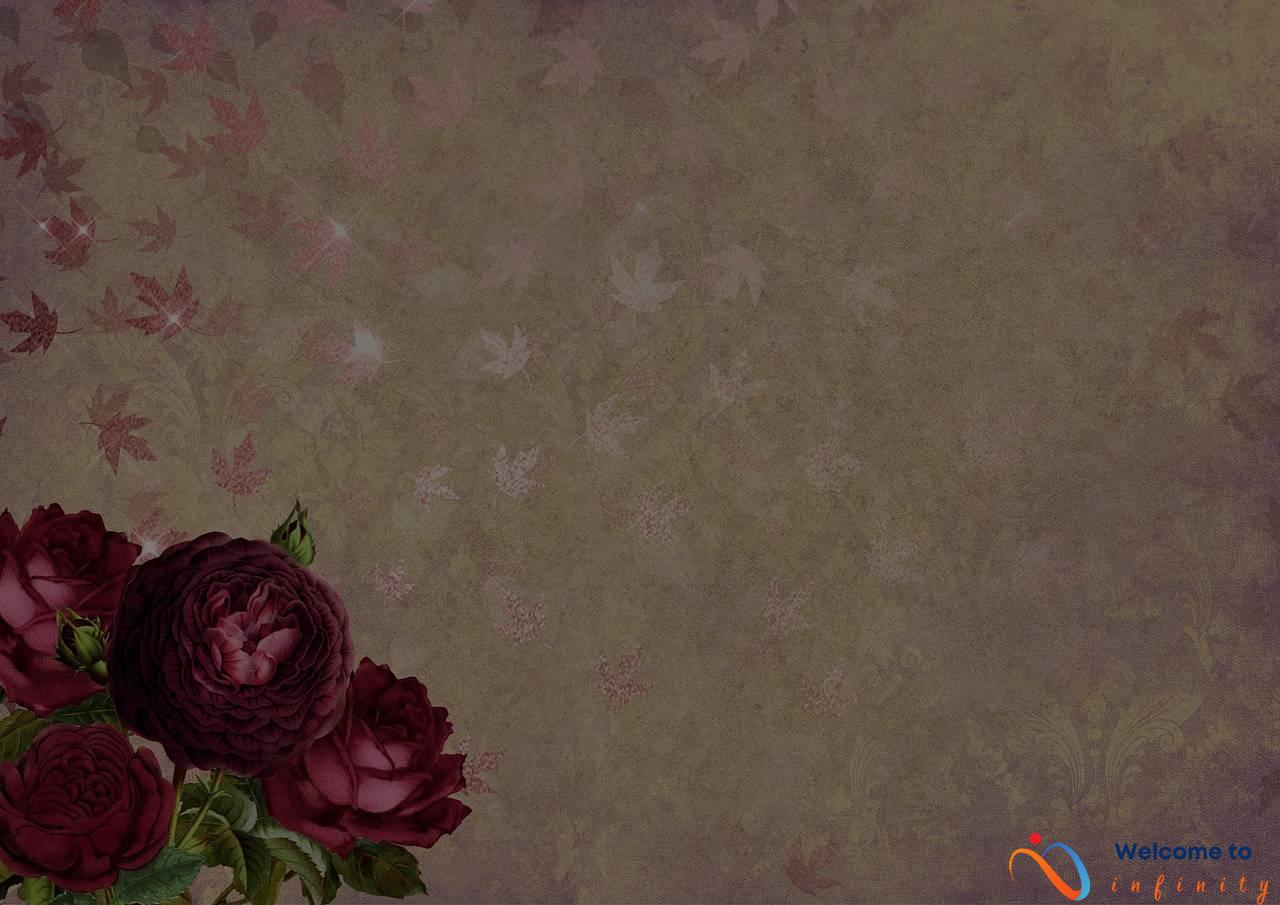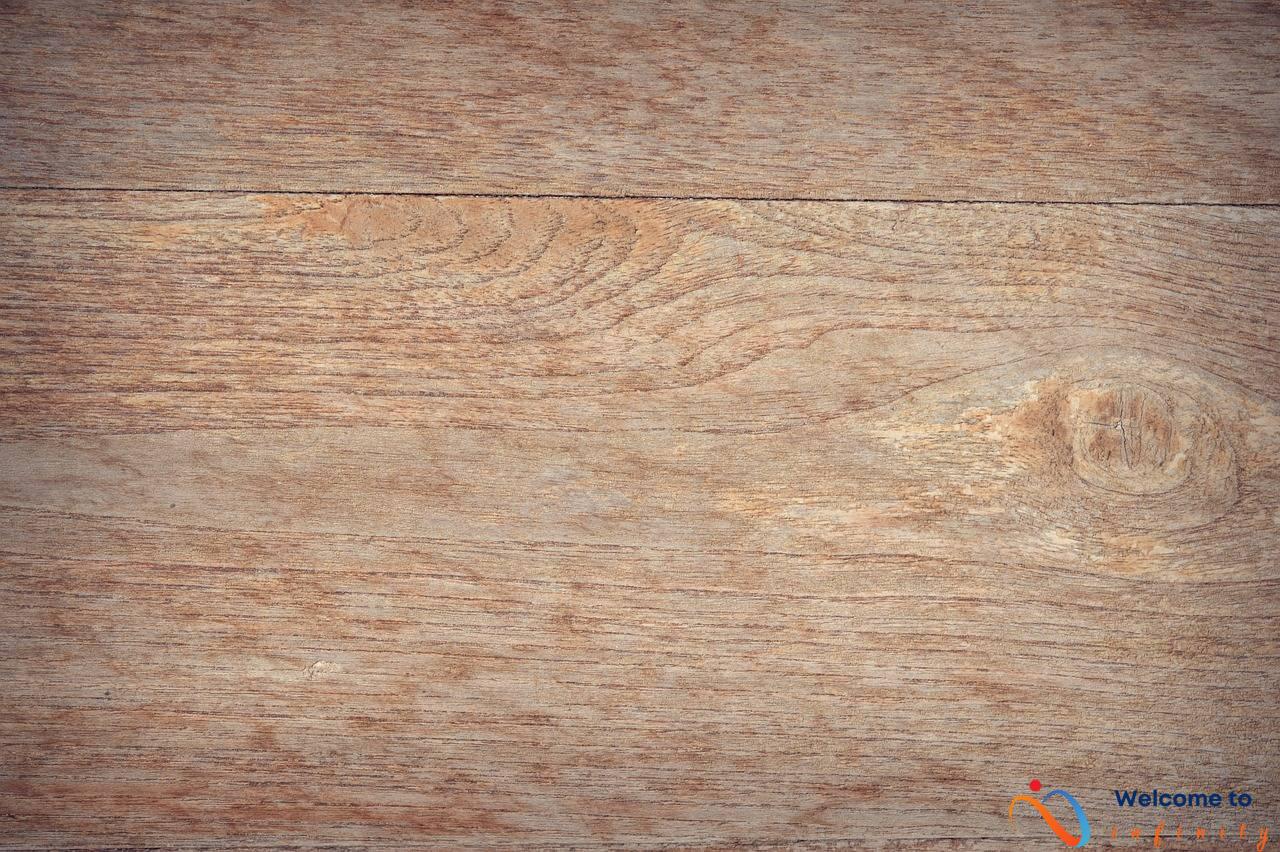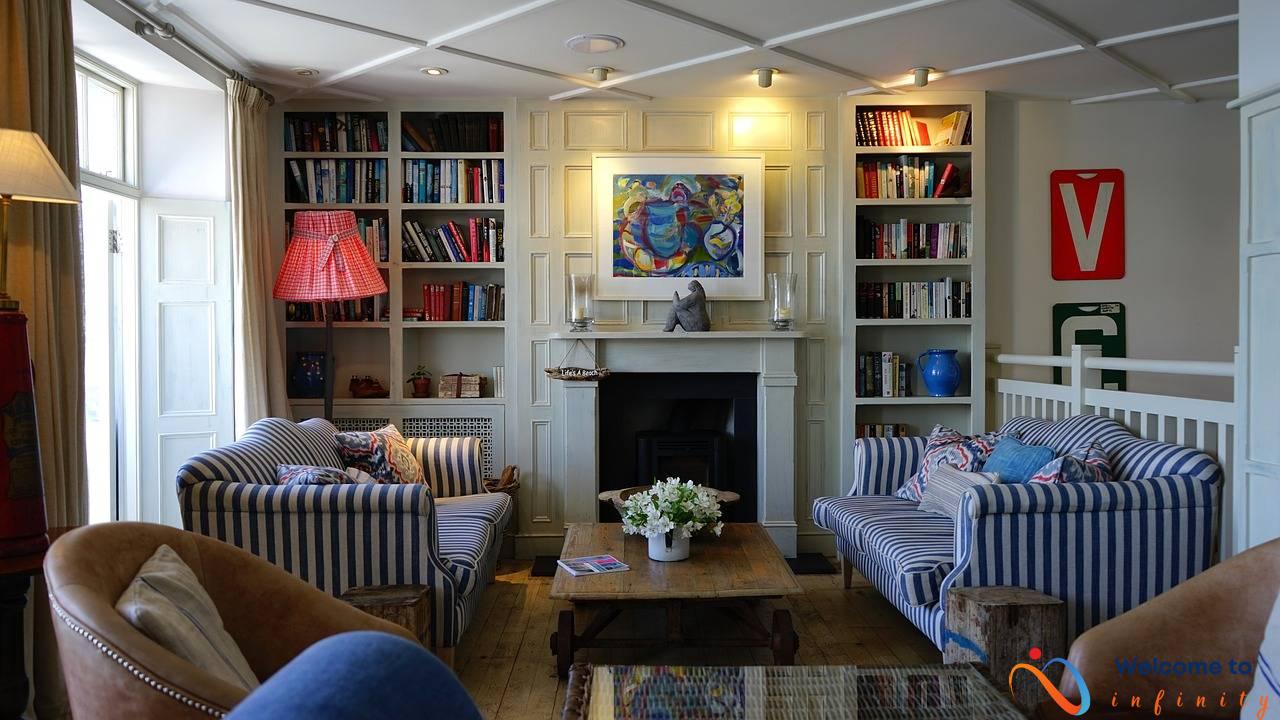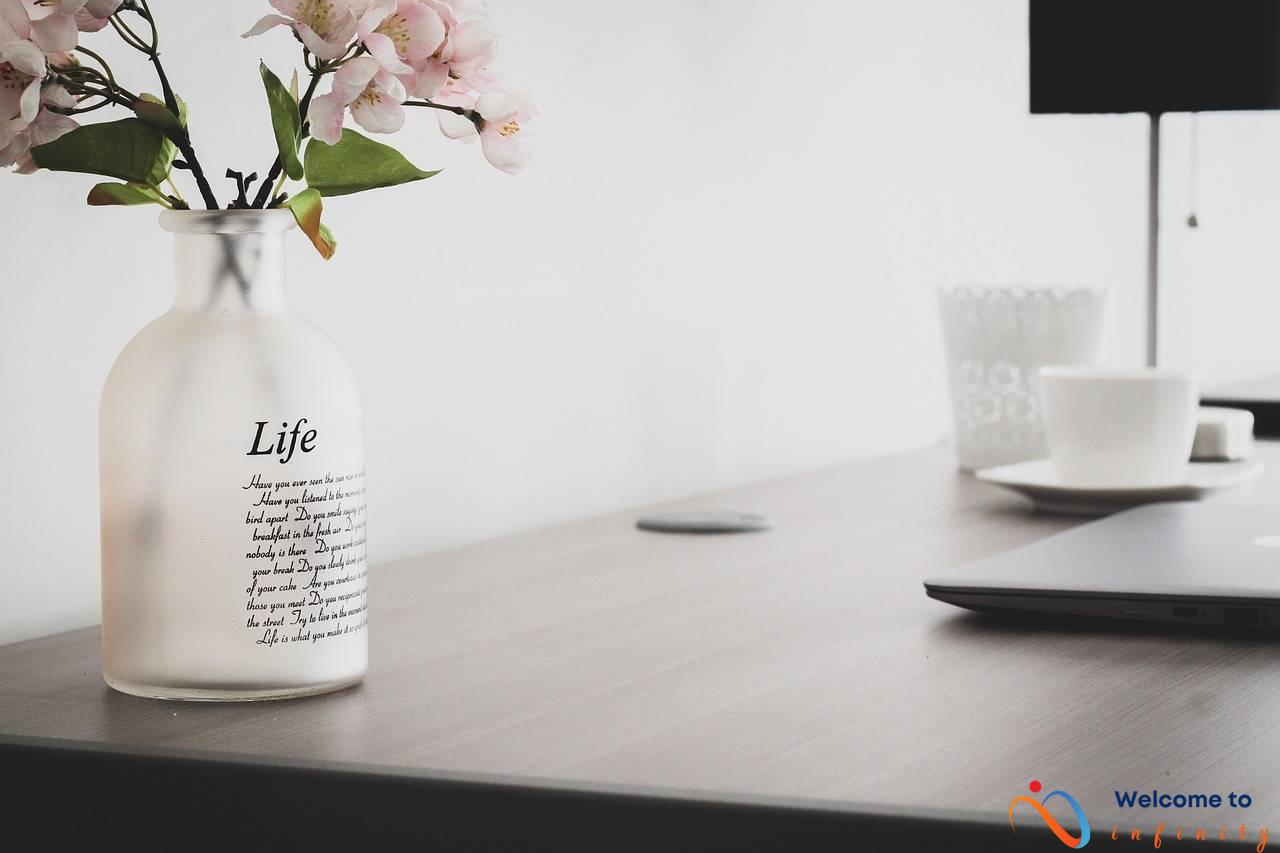Are you tired of choosing between rustic charm and sleek modernism for your kitchen design? Our guide to transitional kitchen design shows you how to combine the best of both worlds for a unique and stylish space.
Transitional design is all about finding balance between traditional and contemporary elements. In the kitchen, this means mixing rustic materials like wood and stone with modern accents like metal and glass. Our guide will show you how to achieve this seamlessly so that your kitchen feels cohesive and inviting.
We'll cover everything from choosing the right color palette to optimizing your layout and storage solutions. Plus, we'll show you how to add personality and style with accent pieces and finishing touches that tie the whole space together. Get ready to create a kitchen that is both functional and beautiful with our guide to transitional kitchen design.
Understanding Transitional Kitchen Design
Transitional kitchen design is a popular style that combines elements of traditional and modern design. It's a versatile and sophisticated look that focuses on clean lines, practicality, and comfort. The goal is to create a space that looks and feels welcoming, functional, and timeless.
The principles behind transitional design are based on balance and harmony. The key is to blend contrasting elements, such as textures, materials, and colors, to achieve a cohesive and balanced look. It's about finding the right balance between modern and rustic elements. Transitional design is not too ornate or fussy, nor too stark or cold. It strikes the perfect balance between traditional design and modern design, creating a warm and inviting space that still looks fresh and contemporary.
When applying transitional design to your kitchen, consider using neutral colors as a base and then adding pops of color with accent pieces. Avoid going too heavy on one style over the other; instead, mix and match rustic and modern elements to achieve the perfect balance. For example, consider pairing a sleek and modern countertop with rustic wooden cabinetry or a farmhouse sink with polished chrome hardware.
Remember, the goal of transitional design is to create a space that is both comfortable and stylish. It's a design style that values practicality and functionality as well as beauty and elegance. Keep that in mind when selecting furniture, lighting fixtures, and other decorative pieces.
Overall, transitional kitchen design is a style that offers the best of both worlds. It's a perfect blend of rustic and modern design that creates a unique and inviting space. By understanding the principles of transitional design and following the tips mentioned above, you can easily bring this look to your own kitchen and create a space that is both functional and beautiful.
Choosing Your Color Palette
Selecting the right color palette is an important step in achieving a balanced and cohesive look in your transitional kitchen. This involves choosing a mix of colors from both the rustic and modern design styles that work together harmoniously.
One approach is to select a dominant color from either the rustic or modern style and then pair it with complementary colors from the opposing style. For example, if you choose a modern grey as your dominant color, you could pair it with a warm wood tone for a rustic touch. Alternatively, if you opt for a warm, earthy tone as your dominant color, you can balance it out with cool, modern metal accents.
When selecting colors, it is important to consider the overall look and feel you want to achieve in your kitchen. Do you want a cozy and inviting space, or a sleek and modern one? Warmer colors like beige, brown, and orange tend to create a cozy atmosphere, while cooler colors like blue, green, and grey project a more modern feel.
Another option is to create a monochromatic color scheme, which involves using variations of one color throughout the space. This can create a subtle and sophisticated look in your kitchen.
To help visualize your color choices, consider creating a color board or using online color palettes to see how your chosen colors work together. Don't be afraid to experiment and have fun with your color choices to create a unique and personalized kitchen space.
Combining Materials
Combining materials is a key element of transitional kitchen design. The goal is to create a visual balance between rustic and modern elements. For example, consider pairing warm, natural wood tones with sleek, industrial metal finishes to create a cohesive and visually interesting space.
Wood and Metal: One way to combine materials is to use wood and metal finishes together. This can be accomplished by incorporating metal elements into a wood design or by adding wood elements to a metal design. A good example is to use a reclaimed wood countertop with metal bar stools for a stylish, rustic look.
Glass: Glass is another material that can be used to create a transition between rustic and modern elements. For instance, glass cabinets can be used to highlight decorative or unique items, while adding a touch of modern flair to a more traditional kitchen design.
Stone and Tile: Natural stone and tile are materials that can be used to create a rustic feel while also incorporating contemporary design elements. An example is to pair a wood-look tile floor with a sleek, modern countertop to create a transitional design that is both timeless and stylish.
Combining materials is all about experimenting and finding the right balance. Start by selecting a main material, such as wood, and then build on it by choosing complementary materials. The options are endless, from hammered copper sinks to stainless-steel appliances. Use different textures and finishes to create a unique and visually interesting space that reflects your individual style.
Accent Pieces
Accent pieces are the perfect way to add character and personality to your transitional kitchen design while showcasing your individual tastes. These decorative elements can serve as focal points in the room and create a cohesive look when chosen carefully.
When selecting accent pieces, consider incorporating items that add texture, color, and depth to your kitchen. For example, a unique backsplash in a bold color or pattern can be a statement piece that ties the entire space together. You can also use open shelving to display your favorite dishes, adding both visual interest and storage space.
- Hang pendant lights above the kitchen island to create a warm and welcoming ambience.
- Add decorative plants, such as herbs or succulents, to bring life and freshness to the room.
- Display art or family photos on the walls to add a personal touch.
- Incorporate vintage or antique pieces, such as a rustic farmhouse table or a retro refrigerator, to add charm and history to the space.
Remember, the key is to choose items that complement your overall design scheme and enhance the beauty of your kitchen. By adding accent pieces that reflect your unique style and personality, you can create a space that is both functional and visually stunning.
Layout and Functionality
Creating a functional and practical kitchen space is crucial for any homeowner. By optimizing your layout and storage solutions, you can transform your kitchen into a space that not only looks great but also works efficiently for your needs.
First, consider the flow of your kitchen. Your appliances should be arranged in a way that makes sense for how you use the space. For example, your fridge should be easily accessible from your prep area, and the sink should be close to both the stove and the fridge.
Another key aspect of a practical kitchen is maximizing your storage space. Utilize every inch of your kitchen, including areas like the space above your cabinets or below your island. Consider pull-out cabinets and pantry doors for additional storage options.
When it comes to organization, make sure you have designated zones for prep, cooking, and cleanup. This will ensure that everything has a place and is easily accessible. Keep your countertops clean and clear to provide a functional workspace.
Finally, consider incorporating multifunctional pieces into your kitchen, like a kitchen island that can serve as both a prep station and a casual dining area. With the right layout and storage solutions tailored to your needs, your kitchen can become a beautiful and functional space that you'll love spending time in.
The Kitchen Island
The kitchen island is a versatile piece of furniture that can serve multiple purposes in your transitional kitchen design. It can function as a prep station for cooking and baking, a spot for casual dining, or a gathering spot for entertaining guests.
When designing your kitchen island, consider the size and shape of your kitchen, as well as the activities you plan to use it for. Ensure that there is enough space around the island for people to move freely, and that it complements the rest of your kitchen design.
One of the most popular trends in kitchen island design is the addition of under-counter appliances, such as refrigerators, microwaves, and dishwashers. By incorporating these appliances into your kitchen island, you can save space and create a more efficient cooking area.
Another way to make the most of your kitchen island is to add storage solutions, such as pull-out cabinets for storing pots and pans or a built-in wine rack. This will help keep your kitchen organized and clutter-free.
Finally, consider incorporating seating into your kitchen island design. This can be in the form of stools or chairs, and can be used for casual dining or as a spot for guests to sit while you cook.
- Think about the size and shape of your kitchen when designing your kitchen island
- Add under-counter appliances to create an efficient cooking area
- Maximize storage space with pull-out cabinets or built-in wine racks
- Include seating for casual dining or entertaining guests
By following these tips, you can make the most of your kitchen island and create a functional and stylish space that serves as the heart of your home.
Storage Solutions
When it comes to kitchen design, storage is key. Not only does it keep your space organized, but it can also contribute to the overall aesthetic of your kitchen. With the right storage solutions, you can maximize your available space while keeping clutter at bay.
One innovative storage solution is pull-out cabinets. These allow you to easily access items at the back of the cabinet without having to reach and strain. Pull-out cabinets can be installed in base cabinets for pots and pans, in pantry cabinets for canned goods, or even in under-sink cabinets for cleaning supplies.
Pantry doors are another great way to maximize your storage space. By adding racks or shelves to the back of your pantry doors, you can store smaller items like spices, condiments, and snacks. This not only frees up shelf space inside the pantry, but also makes it easier to find what you need.
If you have a smaller kitchen, consider using vertical space for storage. Installing tall pull-out cabinets or shelves can provide ample storage without taking up too much floor space. You can also consider incorporating storage into your kitchen island, such as pull-out drawers or cabinets.
In addition to pull-out cabinets and pantry doors, there are a variety of other storage solutions you can utilize in your kitchen. From specialized storage for your cutting boards and baking sheets to pull-out trash and recycling bins, the possibilities are endless. By taking advantage of these innovative storage solutions, you can create a clutter-free and functional kitchen that meets all of your needs.
The Finishing Touches
Once you've settled on the basics of your transitional kitchen design, it's time to add the finishing touches that will really make the space your own. Lighting fixtures are a crucial element when it comes to setting the mood in your kitchen. Pendant lights are a popular choice and work well above islands or breakfast bars. Sconces can be used to add a decorative touch on the walls, while under cabinet lighting is essential for task lighting.
Hardware is another key element to consider in your kitchen design. Cabinet handles and knobs can add a lot of personality and style to your cabinets and drawers. Brushed nickel and chrome are popular choices for modern kitchens, while bronze and brass can add a rustic touch.
Window treatments can be both decorative and functional in your kitchen. Consider using curtains or blinds to block out sunlight and add a touch of elegance to the room. Roman shades or bamboo blinds are popular choices for a natural, rustic look in transitional kitchen design.
Finally, don't forget to add some decorative touches that showcase your personal style. Display cookbooks, vases or a vintage set of plates on open shelves or above cabinets. Artwork or a statement piece can also add personality to your kitchen.
- Choose lighting fixtures that set the mood and ensure adequate task lighting.
- Use hardware to add personality to cabinets and drawers.
- Add window treatments for both style and functionality.
- Include decorative touches, such as artwork and display pieces, to showcase your individual taste.




